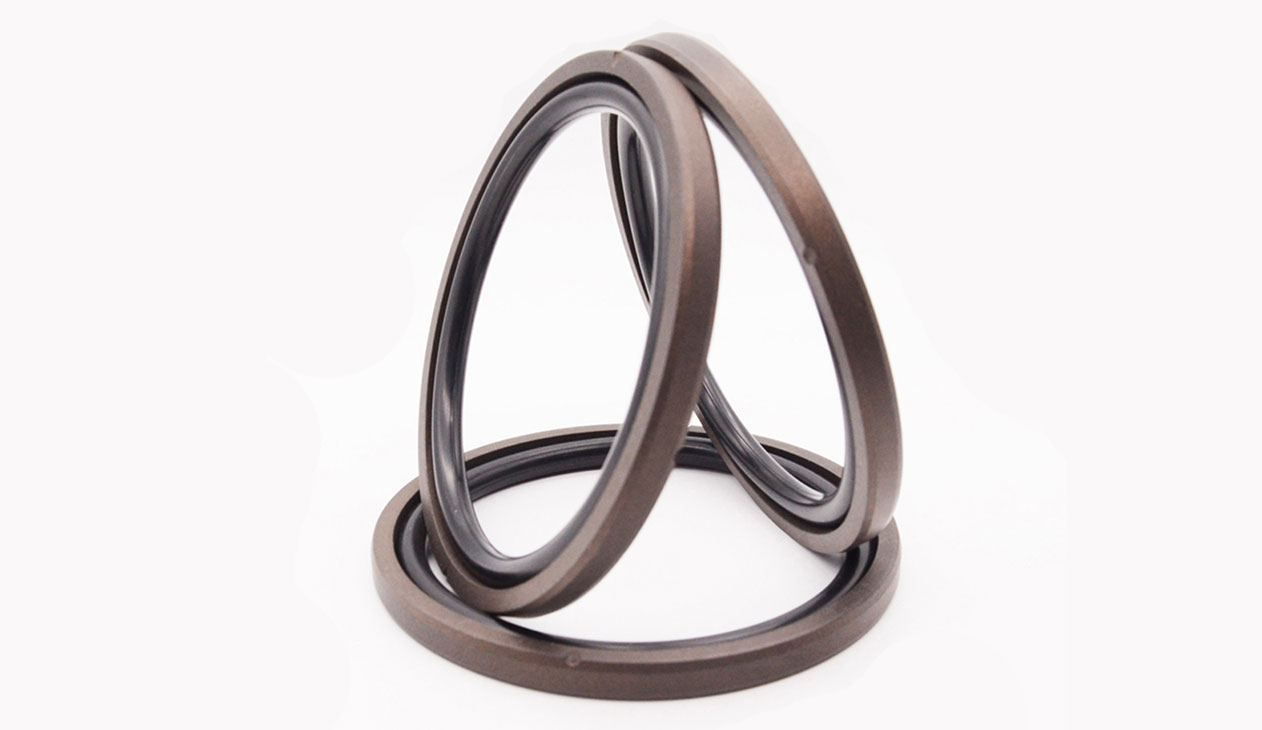
SPGO
SPGO
Is Available
SPG stands for Special Packing Grease, and SPGO stands for Special Packing Grease Open. SPG and SPGO are types of hydraulic seals designed to provide a high level of sealing performance in harsh environments. They are typically made of a combination of nitrile rubber and grease. The grease acts as a lubricant and also helps to prevent the seal from wearing out.
SPG seals are typically used in hydraulic cylinders and other hydraulic components that are subjected to high pressures, temperatures, and speeds. They are also used in applications where the seal is exposed to dirt, dust, and other contaminants.
SPGO seals are similar to SPG seals, but they have an open end that allows for the grease to be replenished. This is useful for applications where the seal is subjected to extreme operating conditions.
Here are some of the technical specifications of SPG and SPGO hydraulic seals:
Feature | SPG | SPGO |
Material | Nitrile rubber and grease | Nitrile rubber and grease |
Temperature range | -40°C to +100°C (-40°F to +212°F) | -40°C to +100°C (-40°F to +212°F) |
Pressure range | 0 to 50 MPa (0 to 7250 psi) | 0 to 50 MPa (0 to 7250 psi) |
Speed | Up to 15 m/s (49 ft/s) | Up to 15 m/s (49 ft/s) |
Grease replenishment | No | Yes |
SPG and SPGO seals are used in a variety of construction machinery applications, including:
SPG and SPGO seals offer the following benefits:
SPG and SPGO hydraulic seals are a reliable and cost-effective way to protect hydraulic systems in construction machinery from leaks and contamination. They are especially well-suited for applications where the seal is subjected to harsh operating conditions.
I would also like to add that SPG and SPGO seals are often used in combination with other types of hydraulic seals, such as O-rings and V-rings, to create a more robust sealing system. This is especially important in applications where the seal is subjected to extreme conditions, such as high pressures, temperatures, and speeds.
Overall, SPG and SPGO hydraulic seals are valuable tools for protecting hydraulic systems in construction machinery from leaks and contamination. They are reliable, cost-effective, and can withstand a wide range of operating conditions.